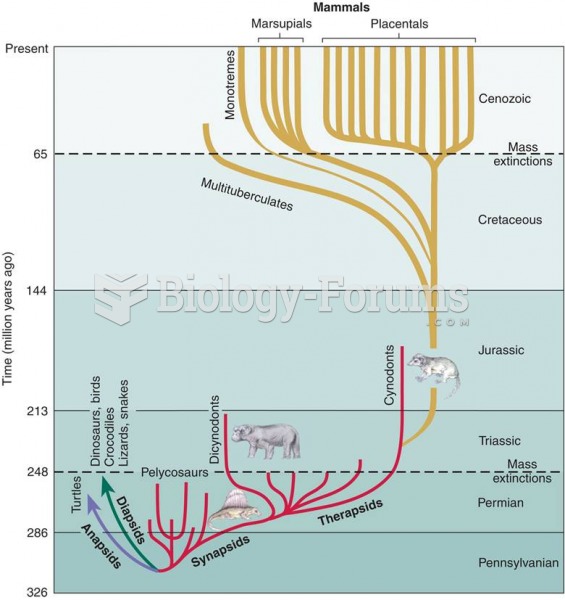Answer to Question 1
a. People who only want to feed their families can create reasons to protect their
livelihoods. Fishermen must catch fish to live; if the fish aren't caught this year to protect
the species so that fishermen in the future can catch them and have jobs, it does not help the
fisherman today who can't feed his children. That fisherman has reasons to deny the danger
of overfishing. It is hard to think about the future if you are starving to death today. That is
the central dynamic that leads to overfishing against one's true best longterm intereststhat
it's necessary to survive to tomorrow to reap the benefits.
b. Jared Diamond's Collapse outlines how mining companies are practically forced to foul
the environment. Mining provides jobs for constituents of politicians. If the politician tries
to hard to make the company clean up, a constituent may lose a job. It's a recipe that leads
the politicians to allow pollution now, not thinking about how the company will leave behind
problems. Who will pay to clean these problems up? Not the companies, it seems. The
dynamic is similar to that driving overfishing.
c. Again, the forest provides jobs for constituents. It is hard to worry about spotted owls
when protecting them means that forestry workers do not have a job. The fact that
mechanization of forest jobs has reduced the number of workers is not apparent to them.
Again, the forest exploiters must trade future benefits fort hard times today, and choose
short-sighted solutions. It is exactly the same dynamic.
Answer to Question 2
Figures 14.12 detail carbon monoxide, NOx, and SO2 between 1940 and 1998.
Figures 14.16 shows data for NOx, VOCs, and SO2 for 1900 to 2000, and for PM10 for
1940 to 2000.
Apparently NOx, VOCs, and SO2 rose from early in the century through the early 1970s,
then fell (for VOCs and SO2) and leveled off (for NOx,). Carbon monoxide rose from 1940
through around 1972, then fell. PM10 peaked around 1950, then fell steadily,
There was clearly something that happened in the early 1970s that changed the situation for
everything but PM10 . The reason that PM10 declined after 1950 is not so clear to me. The
main point of this question is to call attention to the early 1970s.
That thing that happened at that time was the passage of the Clean Air Act.







